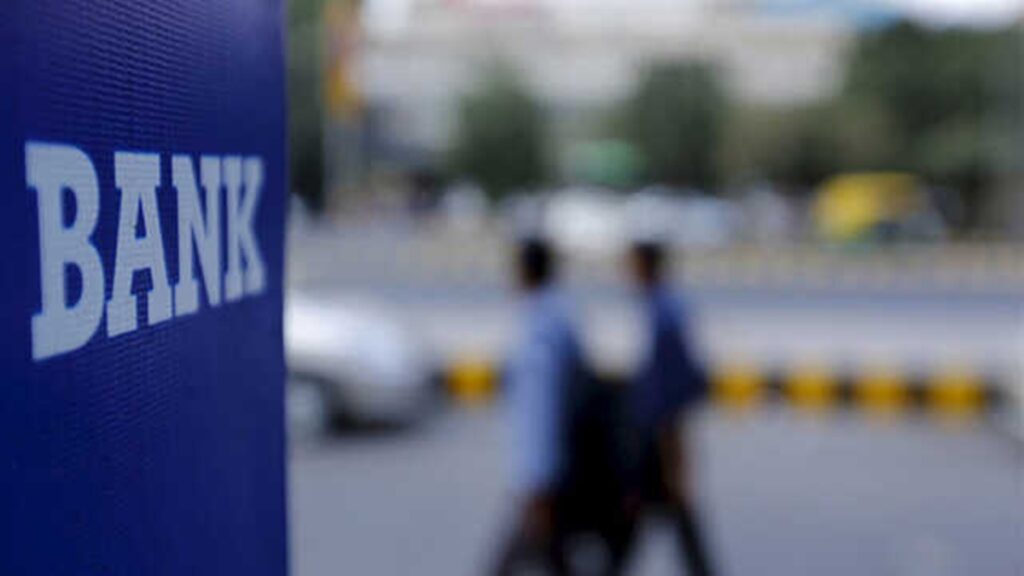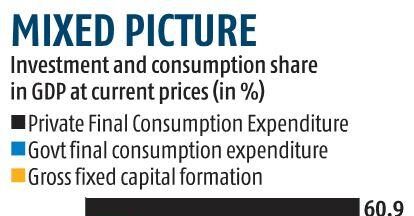MUMBAI: Banks are likely to witness a spike in bad loans in the fourth quarter, driven by rising delinquencies in the unsecured and microfinance segments. Slowing credit growth, tight liquidity and elevated deposit rates are expected to squeeze net interest margins. Banks are also expected to see a decline in low-cost current and savings account (CASA) ratios.
“Slippages have moderately been on the rise sequentially for the system, and a similar trend may continue,” said Shivaji Thapliyal, head of research and lead sector research analyst, Yes Securities. “Sequential evolution of provisions would be a function of not only slippages, but also of recoveries, upgrades and pre-existing provision buffers.”
Banks have been facing growing stress in their unsecured loan portfolios since the beginning of FY25, with private lenders bearing the brunt. Private banks witnessed a contraction in net interest margins in the third quarter, impacted by a rise in slippages, which refer to standard loans turning into bad loans, in their retail unsecured portfolios.
Banks are expected to see compression in the fourth quarter due to an increase in slippages from unsecured loans, such as credit cards and microfinance.
“We expect our coverage universe banks to report a NIM contraction with a decline ranging between 4 bps and 12 bps. Larger banks and public sector lenders with limited exposure to the unsecured segments are likely to report a marginal NIM compression as opposed to mid-sized banks and SFBs which could face a sharper NIM decline,” said Dnyanada Vaidya, analyst at Axis Securities.
Credit growth has slowed down to 11% in March, compared to nearly 15% in the year-ago period, according to RBI data. This moderation was primarily driven by the slowdown in unsecured loans amid continued asset quality challenges and banks, mainly private ones, intending to bring down the credit-deposit ratio.
“Overall system growth for banks has been softer. This, with sustained liquidity challenges and strained deposit growth, will feed into sticky funding cost and continued NIM pressure,” said Elara Capital. “We expect a lower CASA ratio for most banks.”
Outstanding deposits of banks increased to Rs 225.7 lakh crore for the fortnight ended March 21, from Rs 204.7 lakh crore in the year-ago period. Bank credit reached Rs 182.4 lakh crore, from Rs 164.3 lakh crore in the same period.
Tight liquidity during the fourth quarter posed challenges, forcing banks to hike fixed deposit rates and raise funds at higher costs via certificates of deposits (CDs). Issuance of CDs by banks reached to an all-time high of Rs 2.06 lakh crore in March, 62% higher on a year-on-year basis, according to data from Primedatabase.
Source: The Financial Express




 NITI Aayog Pitches For Incentive Package For Hand & Power Tools
NITI Aayog Pitches For Incentive Package For Hand & Power Tools 